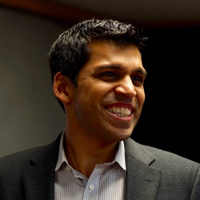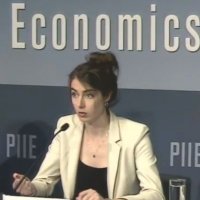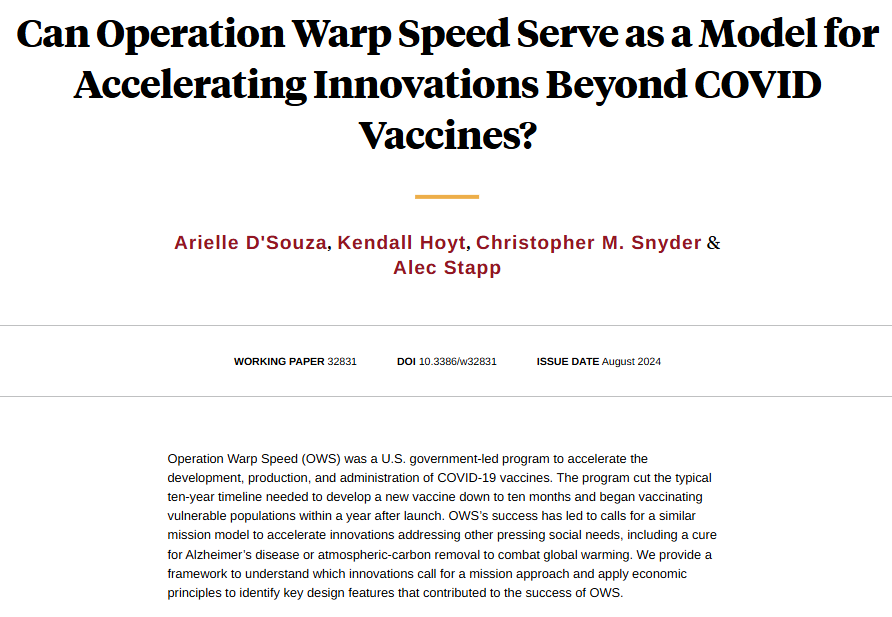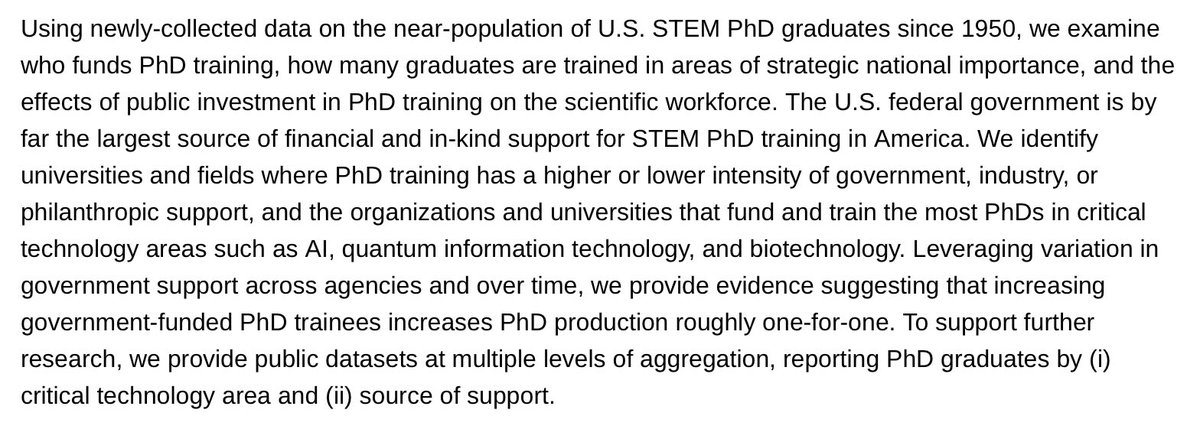
Daniel P. Gross
@daniel_p_gross
Prof at @DukeFuqua, formerly @HarvardHBS @UCBerkeley. Studying how crisis R&D, tech policy, automation affect firms & economies. dpgross.com
ID: 1500409933
http://www.dpgross.com/ 11-06-2013 05:21:09
573 Tweet
1,1K Followers
358 Following






Today on Forked Lightning: In defense of email jobs Office work and the economic value of better communication forklightning.substack.com/p/in-defense-o… The first of a two-part series about the rise (and fall?) of white-collar office and administrative support occupations With a special nod to



Great as always from Daniel P. Gross and Bhaven. A friend was joking this week that their work shows so much innovation benefit across sectors from WW2 that the war is dangerously close to a net welfare benefit! Also see the correct point on linear model (more on this soon!)


The US WW2 medical research and development effort catalyzed postwar science, modernized drug discovery, and fueled the postwar National Institutes of Health — reshaping biomedical innovation for decades, from Daniel P. Gross and Bhaven N. Sampat nber.org/papers/w33457


Reviewing the history of US indirect cost recovery policy, presenting new data on indirect cost recovery rates, modeling the effects of a 15 percent cap at the NIH, and evaluating tradeoffs across reform options, from Pierre Azoulay, Daniel P. Gross, and Bhaven N. Sampat


📑New data, old debates: US government-funded R&D and patent policy Daniel P. Gross and Bhaven Sampat examine a dataset of US government-funded R&D patent records and analyse long-run patterns in US patent policy. ow.ly/IFjI50VHMjF #WorldIPDay



We mapped who supports US STEM PhDs. Fed govt by far the main funder, esp in science for critical tech like AI and quantum. Less govt funding -> fewer graduates. Further details: drorshvadron.com/research/docto… Joint with Hansen Zhang, Lee Fleming and Daniel P. Gross

